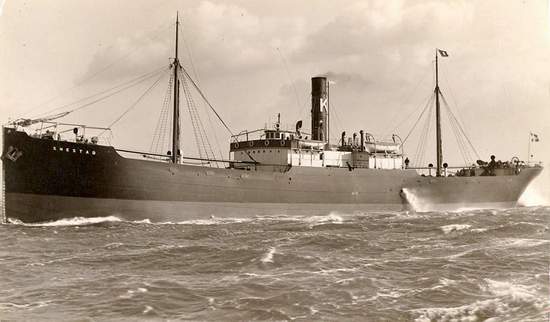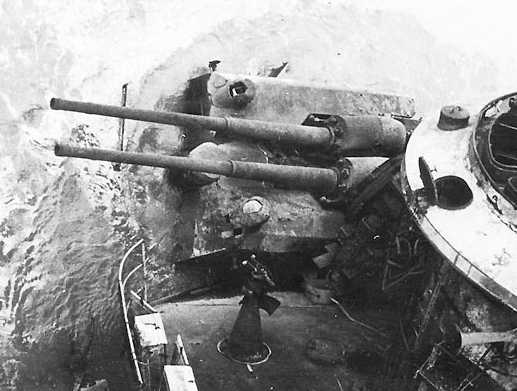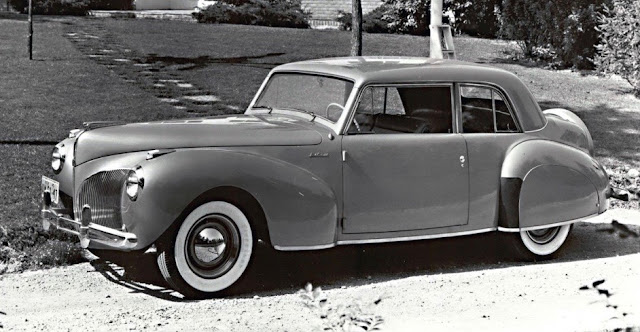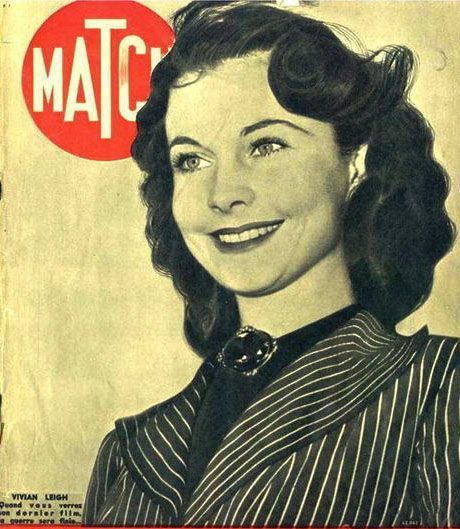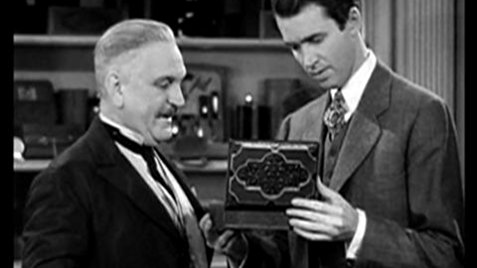Monday 12 February 1940
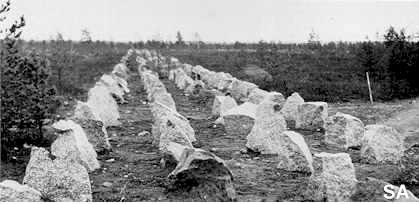 |
| Finnish antitank barriers at Summa. |
The Finnish cabinet, meanwhile, agrees in secret that peace should be obtained if at all possible. The Finnish government appeals for direct aid from Sweden, which the Swedish government rejects.
Winter War Army Operations: The Soviet offensive against the Mannerheim Line on the Karelian Isthmus continues. At 05:00, The Soviet 255th Rifle Regiment leads an assault on the front near Summa. Soviet tanks drag explosives-laden armored sleds up to the Millionaire Fort at Lahde and destroy it, killing everyone inside. After capturing it, the Soviets hold it against all counterattacks.
On the Merkki sector, the Soviet 90th Rifle Division assaults a narrow front of 2.5 km. It is supported by massive artillery, including 48 152 mm guns, 20 122 mm guns, 37 76 mm guns and 24 45 mm guns. The main assault is on Hill 44.8, which is held by the 3d Battalion of Major Ruotsalo. The Soviets capture the Finnish trenches, and a night counter-attack fails to dislodge them. The Finns know that they must recapture their line or a major breakthrough will result.
At Taipale, the Soviets capture the Kirvesmäki stronghold and hold it against fierce counterattacks.
While there are breaches in the Mannerheim Line, the Soviets patiently work to expand their advantage.
Battle of the Atlantic: HMS Gleaner, a minesweeper sloop, sinks U-33 (Kapitänleutnant Hans-Wilhelm von Dresky) in the Firth of Clyde after catching it laying mines. The Gleaner forces U-33 to the surface after an extended depth charge attack, where the crew abandons ship. There are 17 survivors, while 25 perish (including von Dresky).
After rescuing the U-33's crew, one of them (Friedrich Kumpf) is found to have the three rotors for the Enigma machine in his pockets (he apparently forgot to throw them in the sea as regulations require). They are immediately sent to the Alan Turing's naval cryptanalysis section of Government Code and Cypher School at Bletchley Park. Two of the rotors (VI and VII), while extremely valuable, are only used by the Kriegsmarine, so they are not universally helpful for solving the critical "Dolphin" key. Unbeknownst to the British, Chief Engineer Schilling also has rotors on his person, but he is not properly searched and he manages to throw them overboard later.
 |
| Hitler, Doenitz and von Dresky. |
U-53 (K.Kapt. Harald Grosse) follows up its successful day on the 11th by sinking the Swedish SS Dalarö west of Scotland (captain drowns; there are 29 survivors picked up by Belgian trawler Jan de Waele).
U-26 (Heinz Scheringer) torpedoes and sinks Norwegian freighter Nidarholm west of Ireland. All 26 crew survive a night in the water.
Destroyer HMS Hasty captures one of the six German ships, the Morea, that left Vigo, Spain to get to Germany. Cruiser HMS Glasgow captures another, Herrlichkeit, off Tromso, Norway.
The crew of the 3,771-ton German freighter Wakama scuttles it (sets it afire) 12 miles off Cabo Frio, Brazil after being stopped by the heavy cruiser HMS Dorsetshire, whose spotter aircraft found it. The Dorsetshire picks up the 46 survivors.
Convoy OA 90G departs from Southend, Convoy HXF 20 departs from Halifax.
Egypt: General Freyberg's convoy, US 1, composed of New Zealand and Australian troops, reaches the Suez Canal. This heralds the arrival of the 4th brigade of the New Zealand Division.
British Homefront: With supplies down 40%, paper rationing is begun.
 |
| U-33. |
February 1940
February 3, 1940: Soviets Capture a BunkerFebruary 4, 1940: Peace Talks in Stockholm
February 5, 1940: Allies to Invade Norway
February 6, 1940: Careless Talk Costs Lives
February 7, 1940: IRA Terrorists Executed
February 8, 1940: Spies!
February 9, 1940: The Welles Mission
February 10, 1940: Confiscation of Jewish Goods
February 11, 1940: Soviets Attack Mannerheim Line
February 12, 1940: Breaches In Mannerheim Line
February 13, 1940: Soviets Inching Forward in Finland
February 14, 1940: Soviets Batter Mannerheim Line
February 15, 1940: Finns Retreat
February 16, 1940: Altmark Incident
February 17, 1940: Manstein and Hitler Discuss Fall Gelb
February 18, 1940: Operation Nordmark
February 19, 1940: King Gustav Says No
February 20, 1940: Falkenhorst Commands Weserubung
February 21, 1940: Radar Advances
February 22, 1940: Friendly Fire
February 23, 1940: Soviets Present Their Demands
February 24, 1940: Fall Gelb Revised
February 25, 1940: Mr. Welles Comes to Visit
February 26, 1940: Battle of Honkaniemi
February 27, 1940: Finns Retreat Again
February 28, 1940: Overseas Volunteers Help Finland
February 29, 1940: Finns Accept Soviet Terms In Principle
2019

